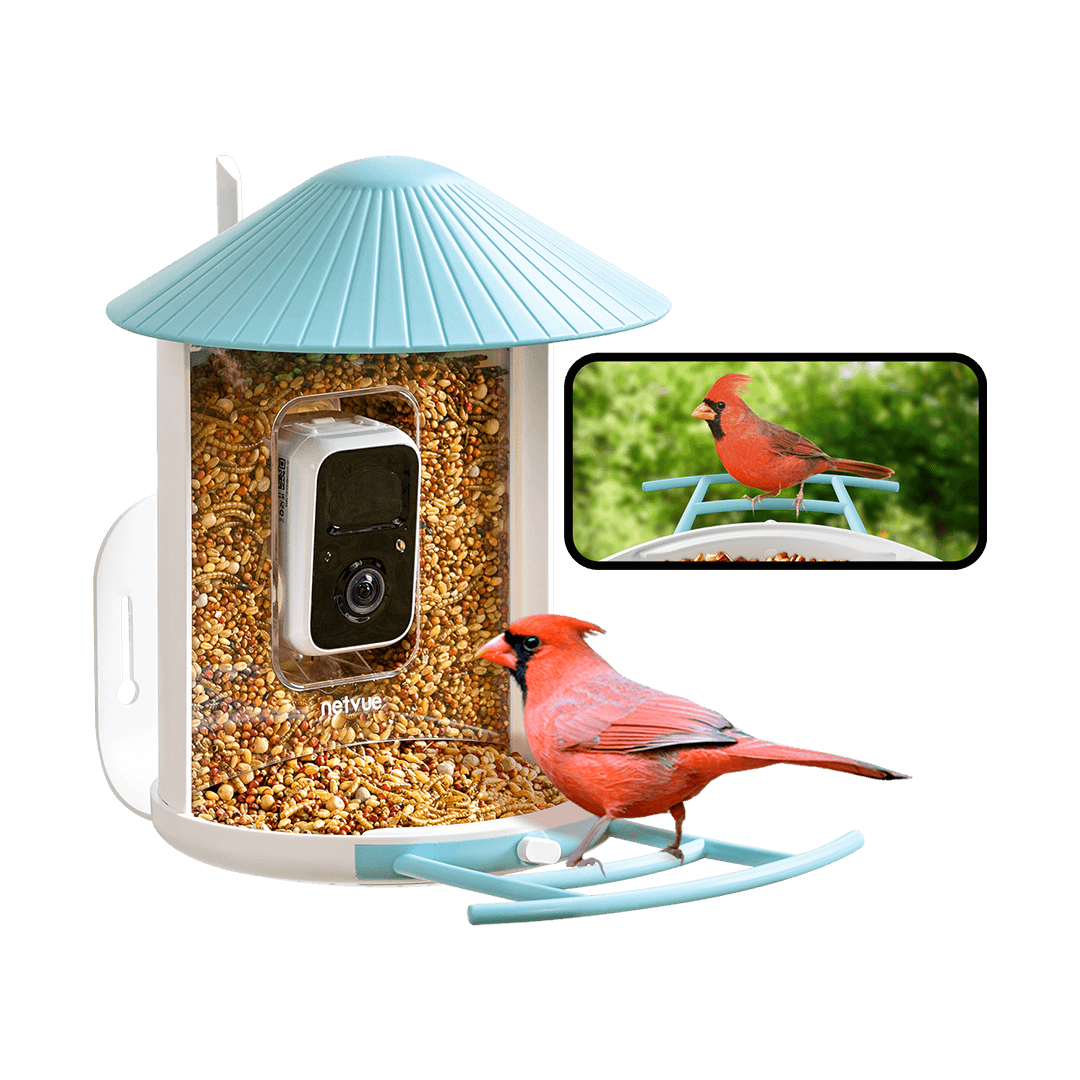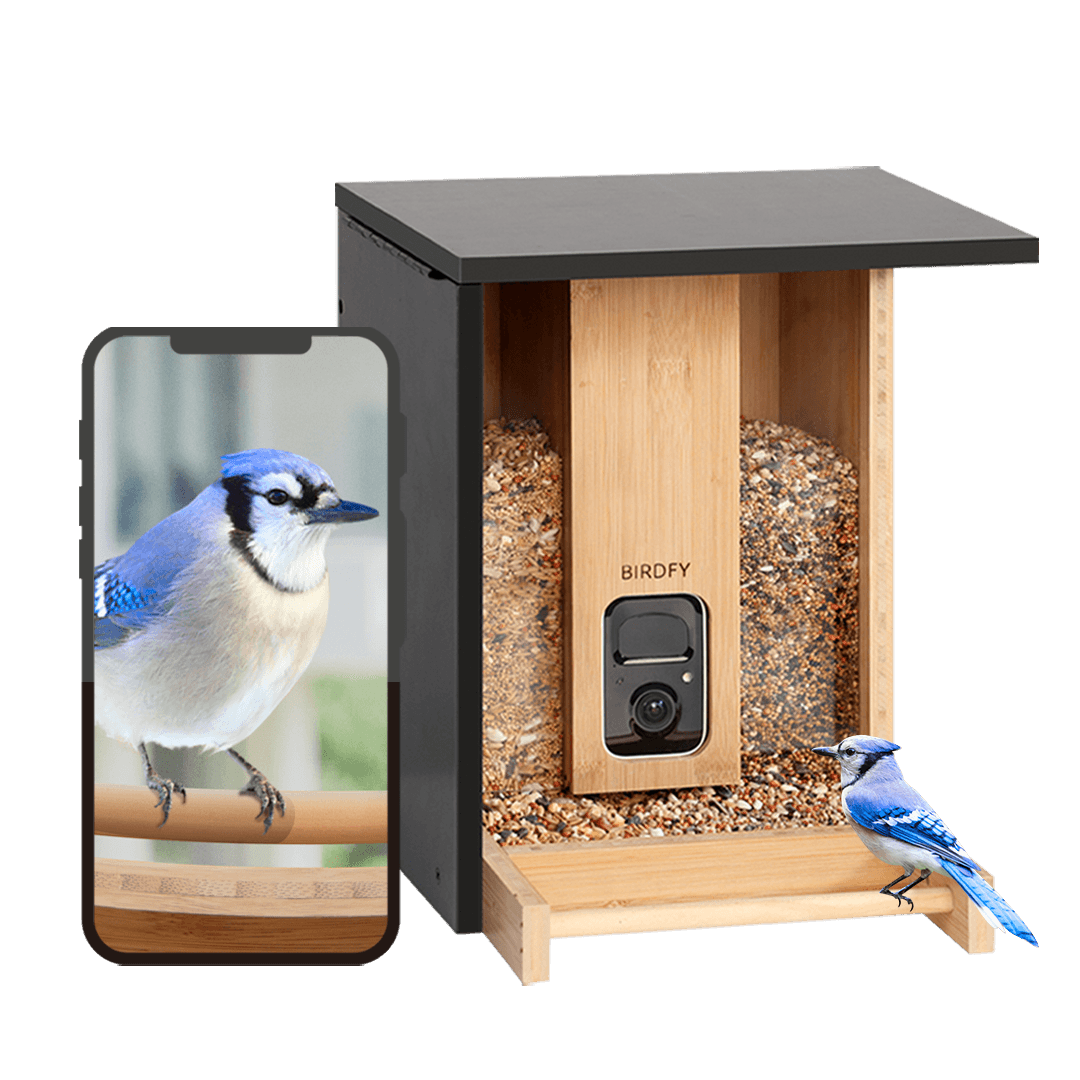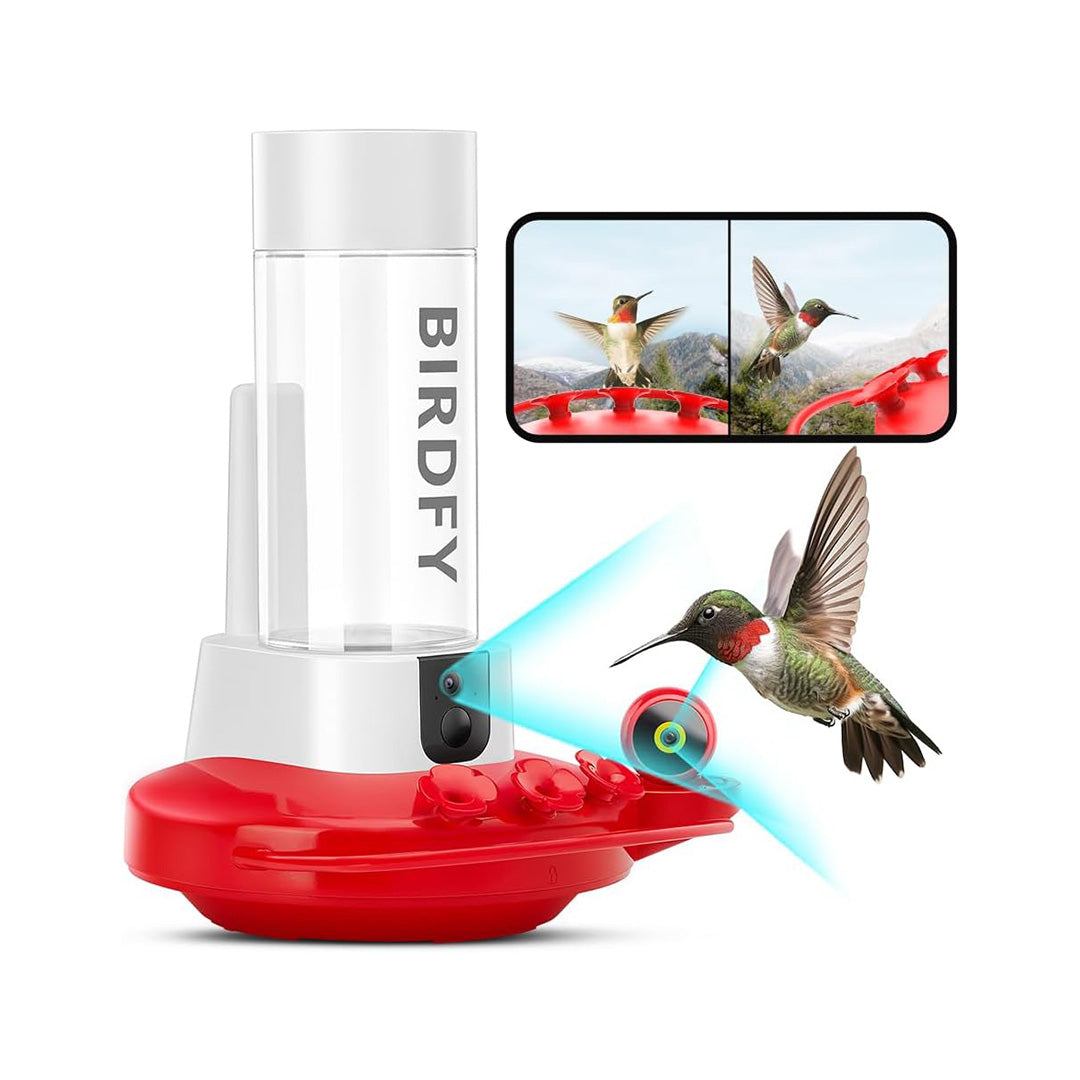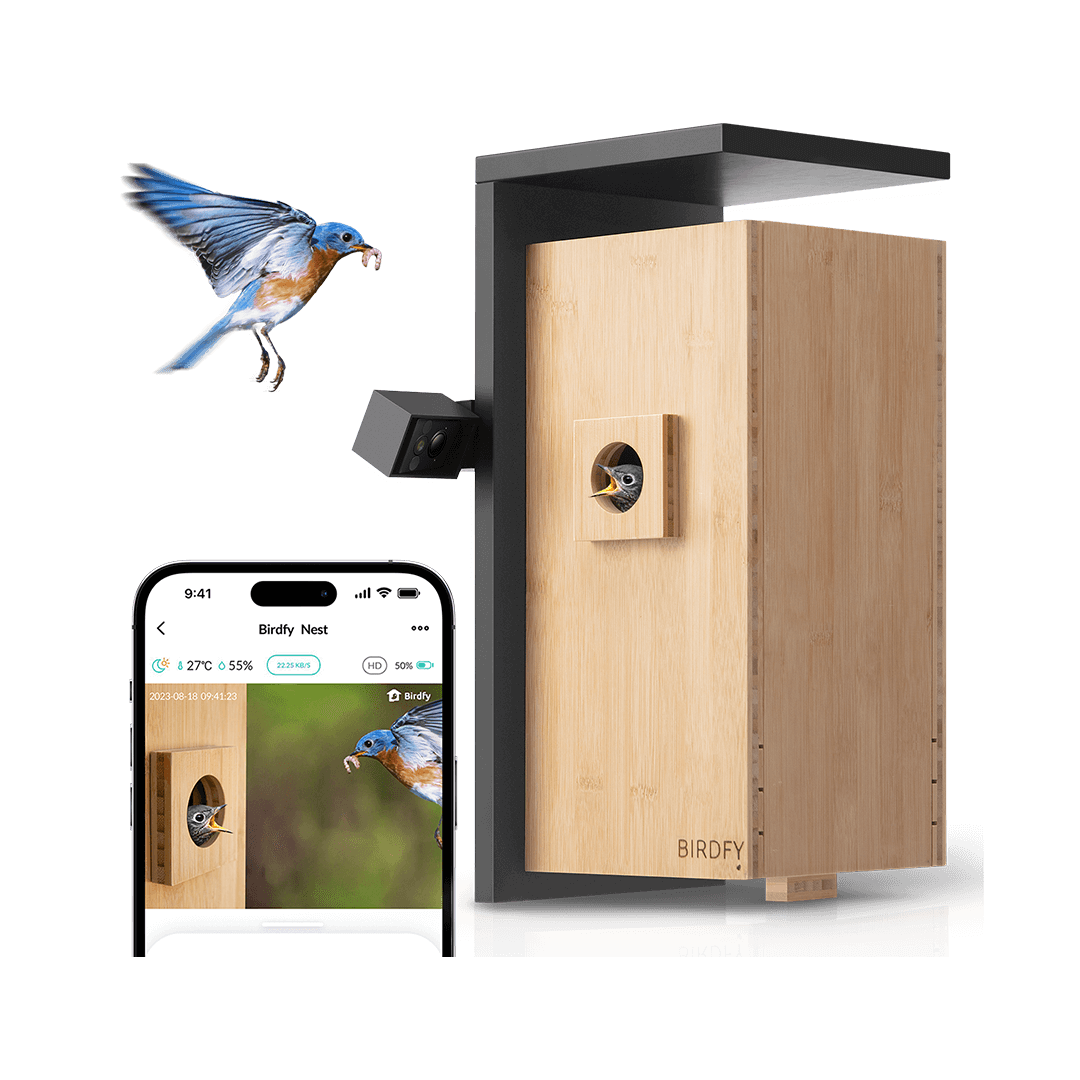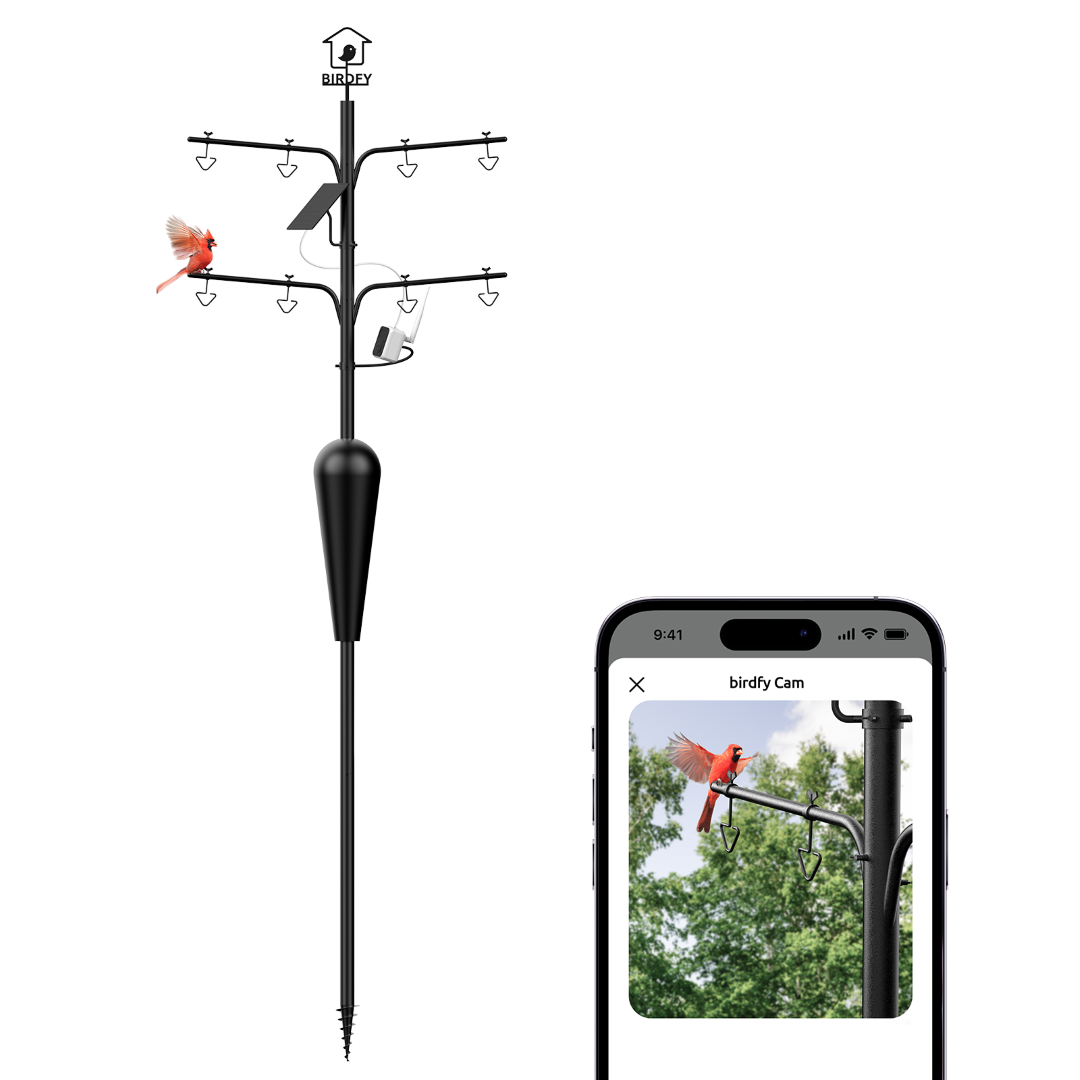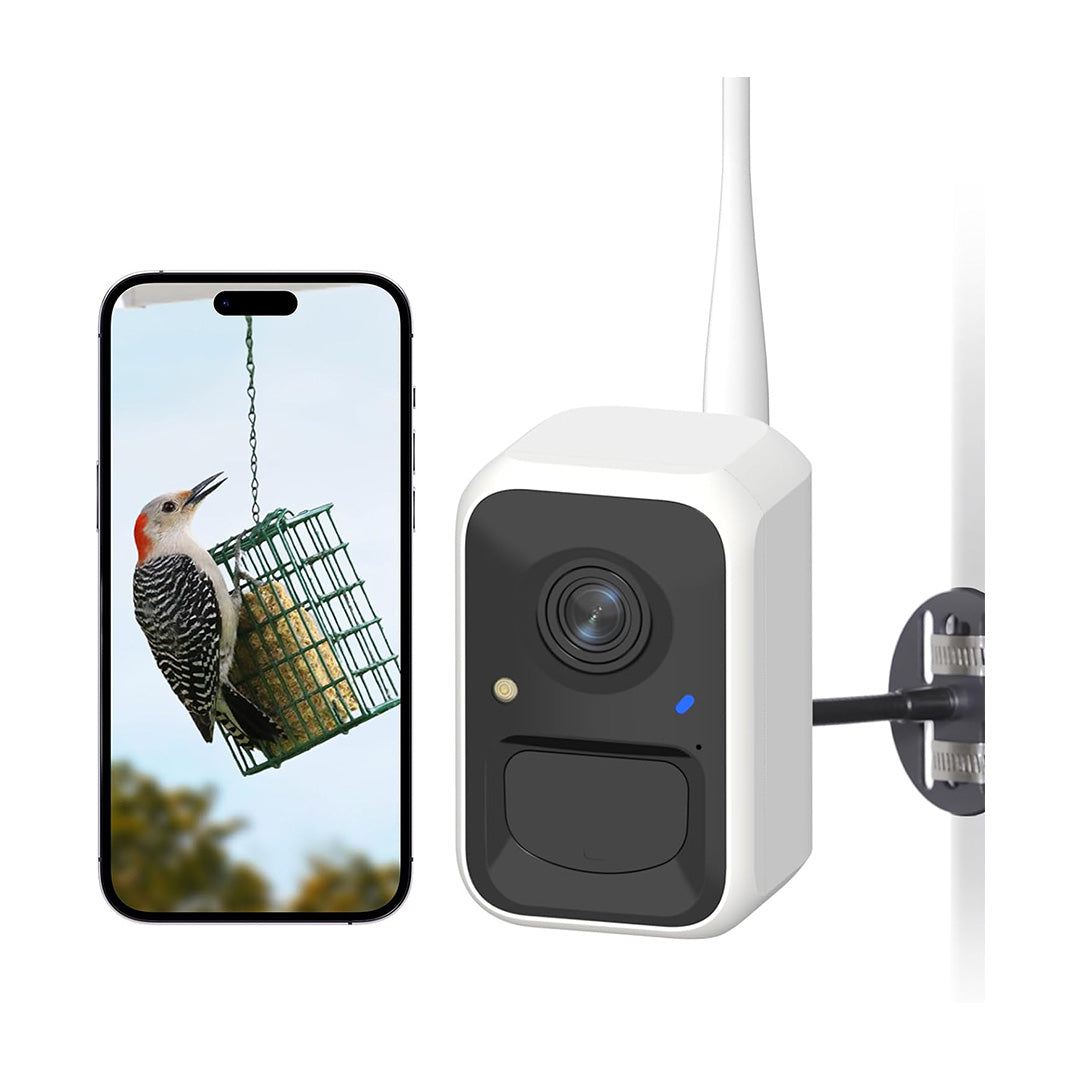Calliope Hummingbird
Inside this Article:
1. Physical Characteristics
Small size
One of the characteristics of the Calliope Hummingbird is its petite size. At about 3 inches (8 cm) long, it is one of the smallest hummingbird species in North America.

Colorful plumage
Distinctive throat patch (Gorget)
Male calliope hummingbirds have a special magenta patch on their throat known as a gorget. During mating, males erect and spread their feathers to attract potential mates with the dazzling color.

Gender differences
2. Habitat and Distribution
Are calliope hummingbirds rare? Calliope Hummingbirds are not considered rare in the sense of being critically endangered or having very limited populations. However, their distribution is largely restricted to specific areas of western North America, and they may not be as common as other hummingbird species in some areas.
Habitat
Calliope Hummingbirds prefer densely vegetated mountainous areas as their habitat. These habitats can be generally divided into areas of coniferous forests, mixed forests where coniferous forests are interspersed with deciduous trees such as poplar or alder, and alpine meadows.
Distribution
The calliope hummingbird breeds primarily in western North America, from southern British Columbia, Canada southward to the western United States. It is widely distributed in areas including the Pacific Northwest (Washington, Oregon, and northern California), the Rocky Mountains (Idaho, Montana, Wyoming and the Sierra Nevada region of Utah) and California.

3. Behavior and Feeding Habits
Agile flight and hovering ability
Calliope hummingbirds are known for their remarkable agility in flight. They are able to beat their wings rapidly, which allows them to perform precise manoeuvres. In addition, they have an extraordinary ability to hover in mid-air, a key adaptation for nectar access. They can maintain a steady hover while reaching their long, slender beaks into flowers to collect nectar. Their flight pattern is often described as erratic and they can move through dense vegetation with ease.
Feeding Habits
Calliope Hummingbirds feed primarily on nectar. Their slender beaks are specialized in reaching deep into tubular flowers to obtain sugary nectar. To extract the nectar, calliope hummingbirds use their forked tongue to quickly lick the nectar.
Diet preference
Calliope hummingbirds are particularly fond of tubular flowers such as sempervivums, begonias, and honeysuckles because they facilitate nectar extraction with their long beaks. In addition, they feed on small insects that provide them with essential protein.

4. Nesting
Construction of Intricate Nests
Calliope hummingbirds use a variety of materials to construct small, cup-shaped nests, including plant fibres, moss, lichen and spider silk. The exterior of the nest is usually camouflaged with lichen or moss, which blends in with the surrounding vegetation and provides them with additional protection from natural predators. The interior of the nest may be made up of their own feathers or other soft items. Despite their small size, they can build intricate and beautiful nests.
Nesting Preferences
Calliope hummingbirds usually choose to nest in forests or thickets, usually in mountainous areas. They prefer areas with dense vegetation, which provides concealment and protection for the nest. Nests are usually built at varying heights, from a few feet off the ground to as high as 30 feet or more in trees or bushes.
5. Migration Patterns
Migration routes
Calliope Hummingbirds breed in western North America, primarily in mountainous regions from southern British Columbia, Canada to parts of the western United States, including Washington, Oregon, Idaho, Montana, Wyoming, Utah, and California. Some of them migrate directly to their wintering grounds, while others migrate along mountain ranges or coastal areas. The wintering grounds of horseshoe hummingbirds are usually located in Mexico, especially along the Pacific coast, where suitable habitat and abundant nectar sources are available. Some individuals may also winter along the California coast or as far south as Central America.
Stopover points
Along their migration routes, calliope hummingbirds stop periodically to rest and refuel. These stopover points are critical for them to replenish their energy reserves before continuing their migration. Stopover sites may include areas rich in flowering plants and nectar resources, such as alpine meadows and coastal habitats. These areas provide important resources for foraging and resting during migration.
6. How can I attract Calliope Hummingbirds to my garden?
After having the basic information of Calliope Hummingbirds, how do you attract these unique feathers to your garden? Here are some tips to help you attract them.
Planting flowers
Plant a variety of nectar-rich flowering plants. Calliope hummingbirds are especially fond of tubular flowers, including columbine, penstemons,salvia, and honeysuckle. Plant these flowers in your garden can help you offer a constant nectar source for hummingbirds.
Provide hummingbird feeders
Water is quite important for calliope hummingbirds. You can hang hummingbird feeders in your garden. The feeder should be red because hummingbirds love the color red and red attracts them. Fill the feeder with a sugar-water solution in a ratio of roughly four parts water to one part sugar. In addition, care needs to be taken to clean the feeder regularly, especially in hot weather, to prevent the liquid from getting mouldy and spoiling.
Create safe and comfortable shelter
Plant trees, shrubs and dense vegetation in your garden to provide hummingbirds with shelter, nesting sites and perches. Safe and comfortable shelters can be very attractive to hummingbirds. These shrubs also protect hummingbirds from natural predators and harsh weather.

7. Conclusion
The Calliope Hummingbird is known for its small size and colourful plumage and is found in western North America. Males develop a distinctive magenta patch on their throat during courtship. They prefer densely vegetated mountain habitats and nest in forested areas. Their migration route runs from southern British Columbia to Mexico, stopping in nectar-rich areas. To attract hummingbirds to your garden, plant tubular flowers, hang red hummingbird feeders, and provide shade with trees and shrubs.

